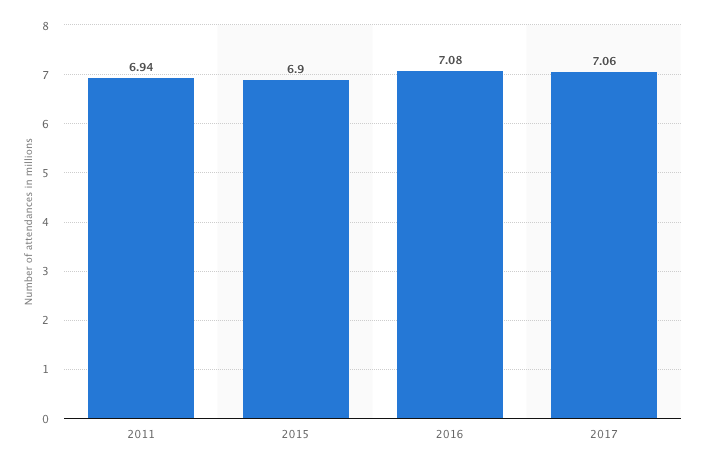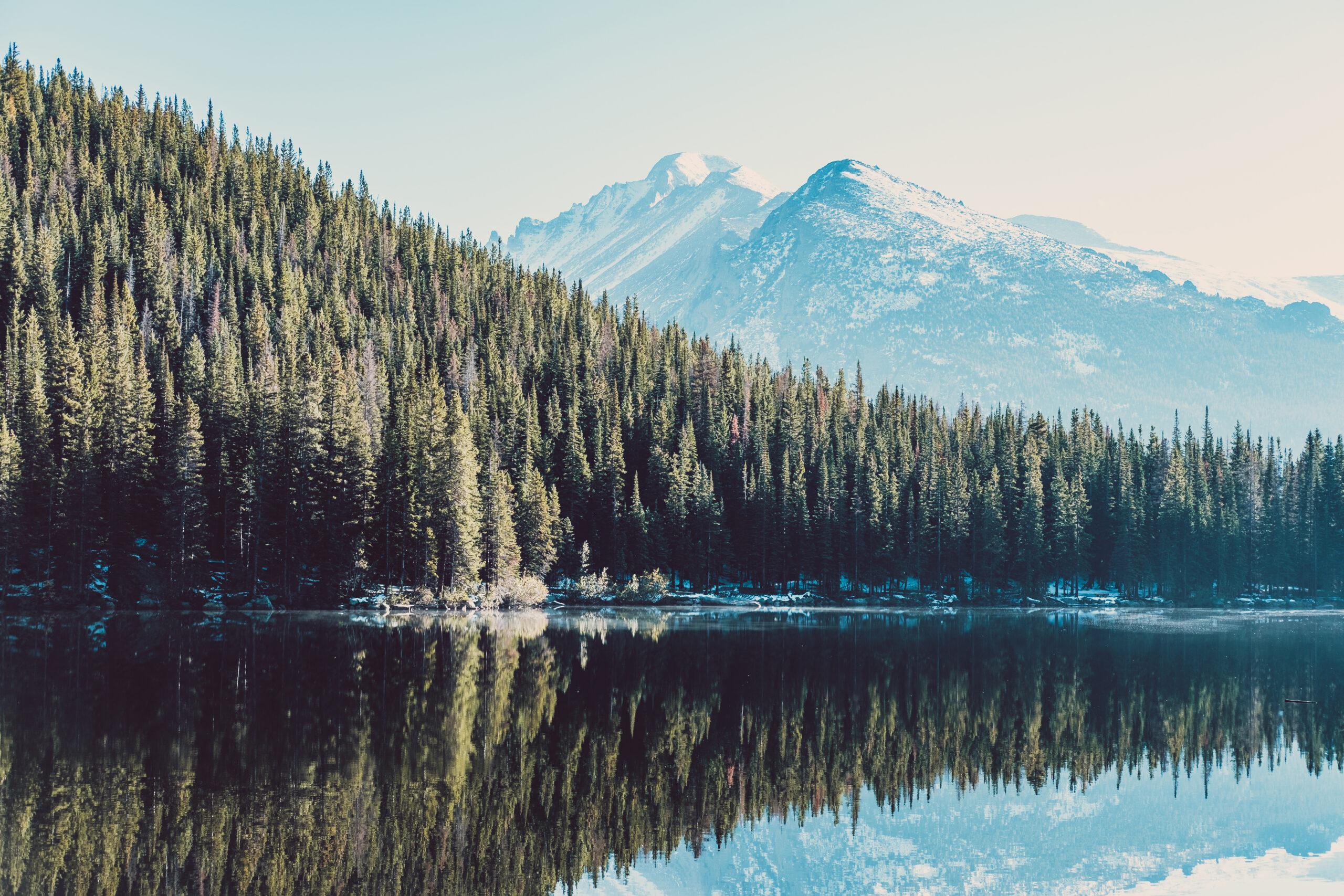
Swimming is a popular pastimes on all corners of the globe. Here are some countries where swimming is a favourite hobby for locals!
Swimming is popular around the world! Let’s take a look where on each continent:
1) North America
United States
The United States has won 462 Titles in international swimming competitions including many Olympic medals. The United States wins so many Olympic medals because of its diverse population of 320 million and its wealth.
27.14 million people aged six years and older used swimming for fitness in 2017. That was around 8.4% of the U.S. population. According to the Bureau of Labor Statistics, 18.1% of people engaged in sports and exercise activities between 2009 and 2015. Of that group, 7.2% took part in swimming, water skiing or surfing.
Canada
A study conducted by Cint in 2018 revealed that 47,418 adults aged 18 or older participated in sports in Canada in 2018. As seen below, 10.5% of people said they don’t participate in sports regularly. 6.39% participate in swimming regularly.

The graphic above shows more information about what sports Canadians participate in.
Swimming is one of the top choices for Canadians. However, 10.5% don’t participate in sports regularly. Statistics Canada saw that sport participation in Canadian kids is declining. A 2005 General Social Survey compared its results to another one conducted in 1992. Over the next thirteen years, sports participation in boys went down from 66% to 56%. While the participation for girls declined from 49% to 45%.
2) South America
Chile
Swimming first became popular in Chile through the founding of the Chilean Swimming and Water Polo Association. However, the sport really started to gain traction when the country hosted the first South American Championship in 1929. Although Argentina won, swimming started to pick up more in Chile following this event.
Swimming was the third most popular sport in Chile in 2018 according to survey conducted by Statista. 5.61% of Chileans choose swimming as their exercise of choice. It only comes behind soccer and cycling in popularity. It goes to show that it’s a craze that’s starting to catch on!
Did you know Chile is home to the largest swimming pool in the world? The San Alfonso Del Mar Resort has a pool that’s 1,013 metres (3,324) feet long. This spectacle can be found in the city of Algarrobo that is 100 kilometers west of the capital, Santiago. The pool is on the coast of the South Pacific Ocean. Despite having a long coastline, many find the water much too cold to swim in.
3) Europe
United Kingdom
Did you know that England was the first country to participate in swimming as both a recreational and competitive sport? Back in 1837, competitions were held in man-made pools in London. The National Swimming Society in England organized the competitions as the sport grew in popularity. The first indoor swimming pool was built in 1862 in England. The breaststroke and the sidestroke were the most commonly used styles in early competitions.
From 2015-2016, 4.18 million people in England swam on a monthly basis. Between 2007 and 2016, the number of monthly swimmers decreased by 1.4 million. According to Statista, the number of children aged 5-10 who swam monthly increased from 45.3% to 53.5% during the same time period.
Hungary
Hungary is known to have produced some of the greatest swimmers in the world. It’s no surprise since the Hungarian Swimming Association started back in 1907. Competing since the very first Olympics, this eastern European country had plenty of wealth to spend on sporting facilities. So there were no problems when it came to practicing for one of their best events.
In modern times, Hungarians can swim in Lake Balaton. It’s the largest lake in Central Europe and this is a great place for swimmers to brush up on their skills. They also have many pools to practice in as well. Most of them are fairly close together. Three of the pools meet Olympic standards, which is why the country has hosted a number of international swimming competitions!
4) Australia
The country and continent of Australia experiences warm weather year round. 9.3 million Australians took part in swimming in 2017. That adds up to 38% of the country’s population!
The Royal Life Saving Society and the Australian Bureau of Statistics found swimming participation declined during two time spans. Australians aged 15 and older swam 30% less between 2005-2006 and 2013-2014!
Even with these declining numbers, swimming made a comeback in 2017. Additionally, Royal Life Saving Society findings from the Australian Sports Commission’s 2016 Ausplay report supports this. They suggest swimming is the most popular after-school activity for children. It’s also the third most popular form of exercise for adults of both sexes.
5) Asia
Singapore
Swimming is one of Singapore’s favourite sports. The country dominates swim meets in Southeast Asia. Singapore’s population was 5.61 million at the end of June 2016. The country’s 2015 sports index kept track of its activity level and sports participation. Swimming was the most popular activity followed by walking and running/jogging. Of 7602 respondents, 15.1% participated in swimming in the past year, 7.9% in the last four weeks and 5.9% once a week for the past month.
The Rio 2016 Olympics gave Singapore its first Olympic gold medal in any sport. Joseph Schooling won the 100-meter butterfly in 50.39 seconds. The medals made a cultural impact in a country where studies take priority over sports. This impact specifically affected the younger generation. The Singapore Swimming Association’s National Training Centre was established in 2015 to support athletes.
The country’s water parks include slides, wave pools and even caverns! The entry fee to Singapore’s public water parks range between $0.80 and $2.60. The sweltering heat make them a favourite place for locals to visit. In 2011, 6.94 million people visited the pool and that number rose to 7.08 million in 2016. It only went down to 7.06 million in 2017.

6) Africa
Egypt
Swimming has been a favourite pastime for Egyptians since ancient times. The River Nile was a popular place to practice and for competitions to be held. Noblemen’s palaces had swimming pools where princes learned to swim.
Triathlons dominate Egypt and the Middle East nowadays. The sport became more prominent when health food and fitness movements took the spotlight across the world. There are dozens of vegetarian restaurants, organic salad bars and yoga studios in Cairo.
The triathlon has been helping Egyptians channel their energy into something positive amongst chaos. The sport is expanding despite conflict and terror as well as negative attitudes towards women training in Lycra. The hot weather and lack of public parks makes it harder to train. Most pools are found at hotels and at private clubs and the Nile River is too full of litter to swim in today. A quarter of the country’s population lives on about $28 a month making it difficult to participate in expensive triathlons.








